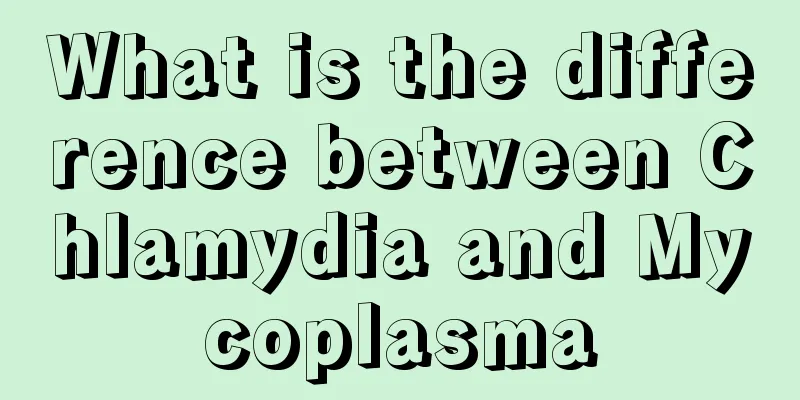Endoscopic treatment of esophageal cancer

|
Endoscopic treatment of esophageal cancer includes the following: 1. Endoscopic treatment of early esophageal cancer Since the 1980s, the development and improvement of chromoendoscopy has significantly increased the detection of early cancer, especially the use of 1.5% Lugol's solution to spray and dye the esophagus. Combined with biopsy, it can more accurately detect early esophageal cancer and find out its location, shape, and range. Endoscopic resection is feasible for some cases. Its indications are: intramucosal cancer and carcinoma in situ (especially SMI and SM2) with a diameter of less than 3 cm. The specific endoscopic operation method is: under the application of analgesia, sedation, anesthesia and cardiopulmonary monitoring, a transparent cap is installed on the front end of the gastroscope using the Inoue design method, and the gastroscope (preferably double-channel) is inserted. Physiological saline containing a certain proportion of adrenaline is injected around the lesion to make the lesion bulge for easy resection. The snare is inserted into the lesion, the transparent cap is opened, the lesion is sucked into the cap, the snare is tightened and high-frequency electric resection is performed. Biopsy is performed on the edge of the resected lesion and the exposed esophageal submucosal layer after resection. If no cancer cells are found, it means the operation is successful. Otherwise, additional surgery is required. The main complications of endoscopic resection are bleeding and perforation. If the operation skills are proficient, they rarely occur and are relatively safe. Wang Guoqing reported 136 cases of endoscopic early cancer resection in China, with a 3-year cure rate of 100%. 2. Endoscopic treatment of advanced esophageal cancer (1) Microwave therapy: Various models of endoscopic microwave therapy machines can be used. The frequency is 2450MHz+20MHz, the wavelength is 12cm, the contact antenna diameter is 0.2cm, the effective length of the antenna head is 1.0cm, and the working current is 80~130mA. The specific operation method is: ironing from the top of the lesion downwards in sequence. Each point is 1~3 seconds, until the tumor tissue turns completely white, and then a new part is selected for treatment downwards. It is performed once every 5~7 days until all tumor tissues are necrotic and fall off, and the lumen is relatively unobstructed. Main mechanism of action: After microwaves contact the tumor, the local temperature can immediately rise to 300℃, which is far higher than the cancer treatment temperature of 42℃, thereby causing the cancer tissue protein to coagulate, necrotize, and fall off. In addition, the necrotic tumor tissue can produce and release denatured proteins, which can stimulate and enhance the body's humoral and cellular immune functions, thereby playing a killing role on residual cancer and metastatic cancer cells. Main complications: Pain behind the sternum, which disappears after symptomatic treatment. A few patients may have bleeding and perforation. (2) Electrochemical therapy: Computer-controlled dual-output electrochemical cancer treatment devices and circular esophageal electrodes are commonly used. Treatment is usually performed once every 10 days, with three sessions as a course of treatment. Its main mechanism of action is: after the start of treatment, ions move between the electrodes, the anode area is strongly acidic, and the cathode area is strongly alkaline, thereby changing the pH value between cancer groups and destroying the external environment for the growth of cancer tissue; a large amount of chlorine, hydrogen and other gases are produced during the rapid movement of ions, the latter of which can directly kill cancer cells; direct current changes the internal environment on which cancer cells depend for survival, causing cancer cell nuclei to shrink, mitochondria to disappear, nuclear proteins to coagulate, and cells to disintegrate and necrotize: under the action of direct current, the cathode area becomes edematous and the anode area becomes dehydrated, which destroys the normal blood supply in the tumor tissue and causes cancer cell necrosis. (3) Local drug injection: Currently, most scholars use 5-Fu and MMC for local chemotherapy. The specific method is to insert 5-Fu 500mg and MMC 6-8mg into the cancer body through the endoscopic biopsy hole and insert the endoscopic injection needle into the cancer body (differential injection according to the size of the cancer body). Generally, about 10 points can be injected each time, 1ml is injected at each point, once every 7 days, and 3 consecutive injections are enough. Main mechanism of action: Chemotherapy drugs directly kill cancer cells. In addition, after the injection of 5-Fu, cancer cells can be aggregated in the S phase, which enhances the photodynamic effect. |
<<: Spread and metastasis of esophageal cancer
>>: Metastasis and spread of pancreatic cancer
Recommend
What are the good vitamin supplements? You can drink more of these 5 types
Skin is the most important thing for women. What ...
How to prevent breast cancer? Here are 6 ways to prevent breast cancer easily
Breast cancer is a common disease. Do you know ho...
Seven amazing effects of sea buckthorn oil
Sea buckthorn oil is extracted from sea buckthorn...
How to enhance body resistance
Health is a topic that is often talked about. If ...
What to do if otitis media causes perforated eardrum and hearing loss
A perforated eardrum has a significant impact on ...
What are the functions and effects of honeycomb
Honey is a substance we often consume because it ...
What causes intestinal bloating? Mostly this factor!
In life, many people will experience gas in their...
Side effects of amoxicillin
There are many types of medicines, and you cannot...
What should I pay attention to when getting the uterine cancer vaccine
Cervical cancer, also known as cervical cancer, i...
When you open your mouth and find it, be careful as it may be a sign of cancer
Many people believe that the unpleasant odor peop...
Sleep neurological disorder
Nowadays, the pressure of life is getting higher ...
Why does my lower abdomen feel bloated and my menstrual period doesn’t come?
Menstruation causes a lot of trouble for women, b...
How to preserve roses for a long time?
Whether they are lovers or married couples, they ...
Anal bleeding, what's going on?
Today's teenagers often stay up late into the...
Nasopharyngeal angiofibroma is common in
Nasopharyngeal angiofibroma is common in adolesce...









